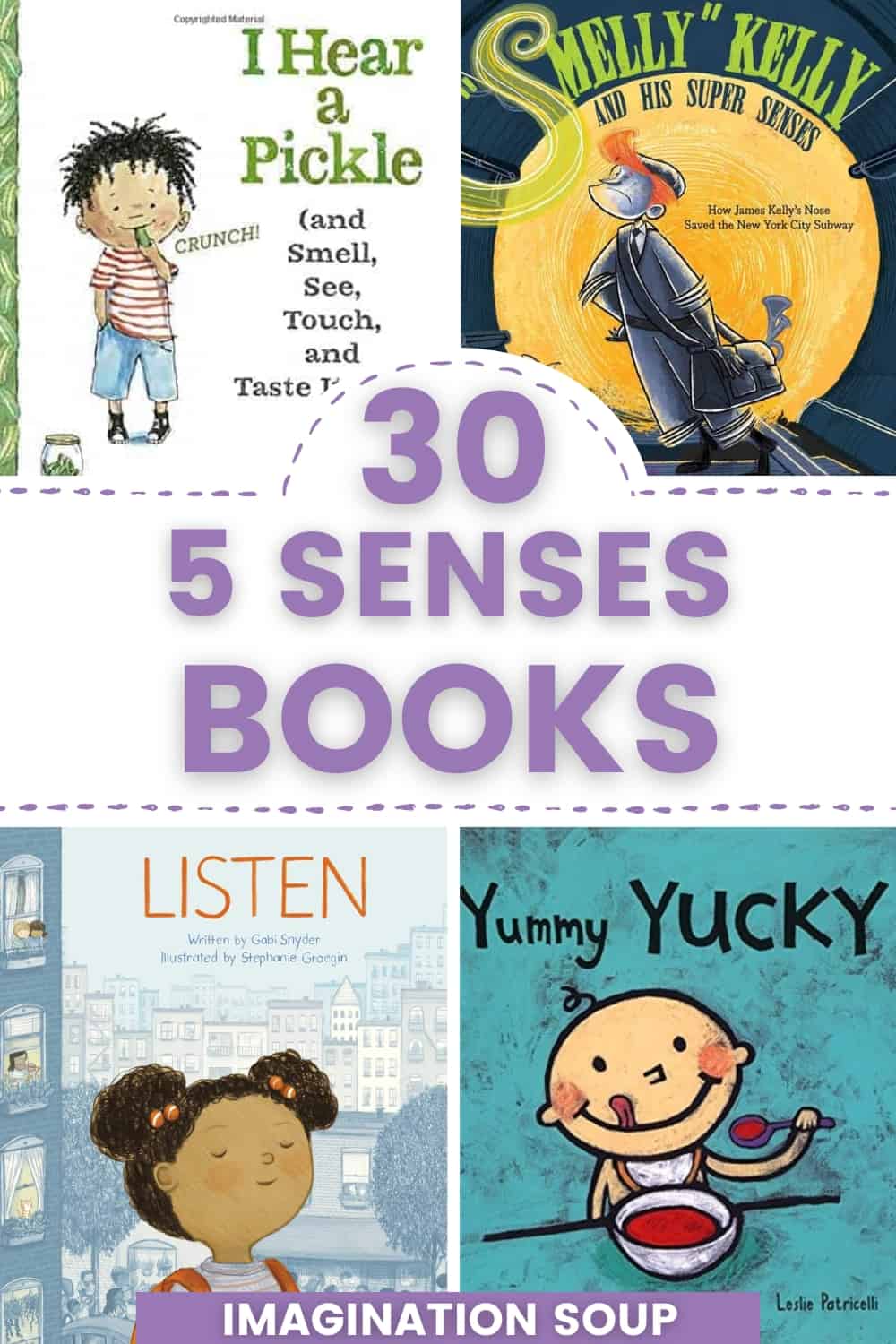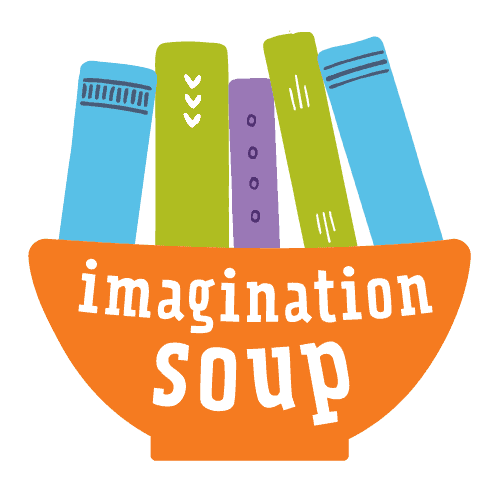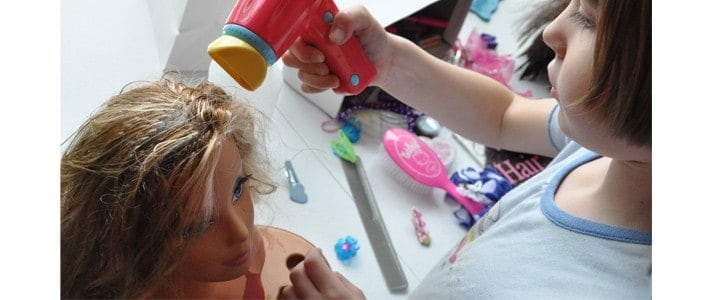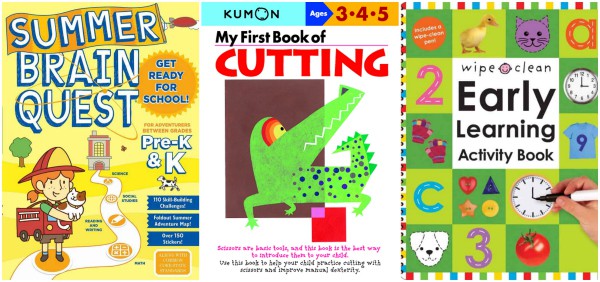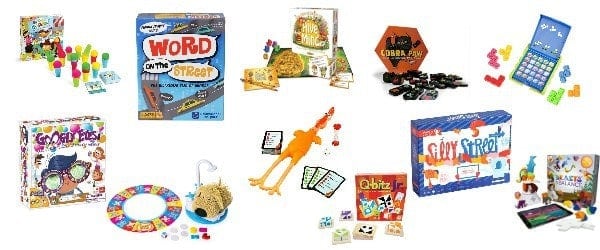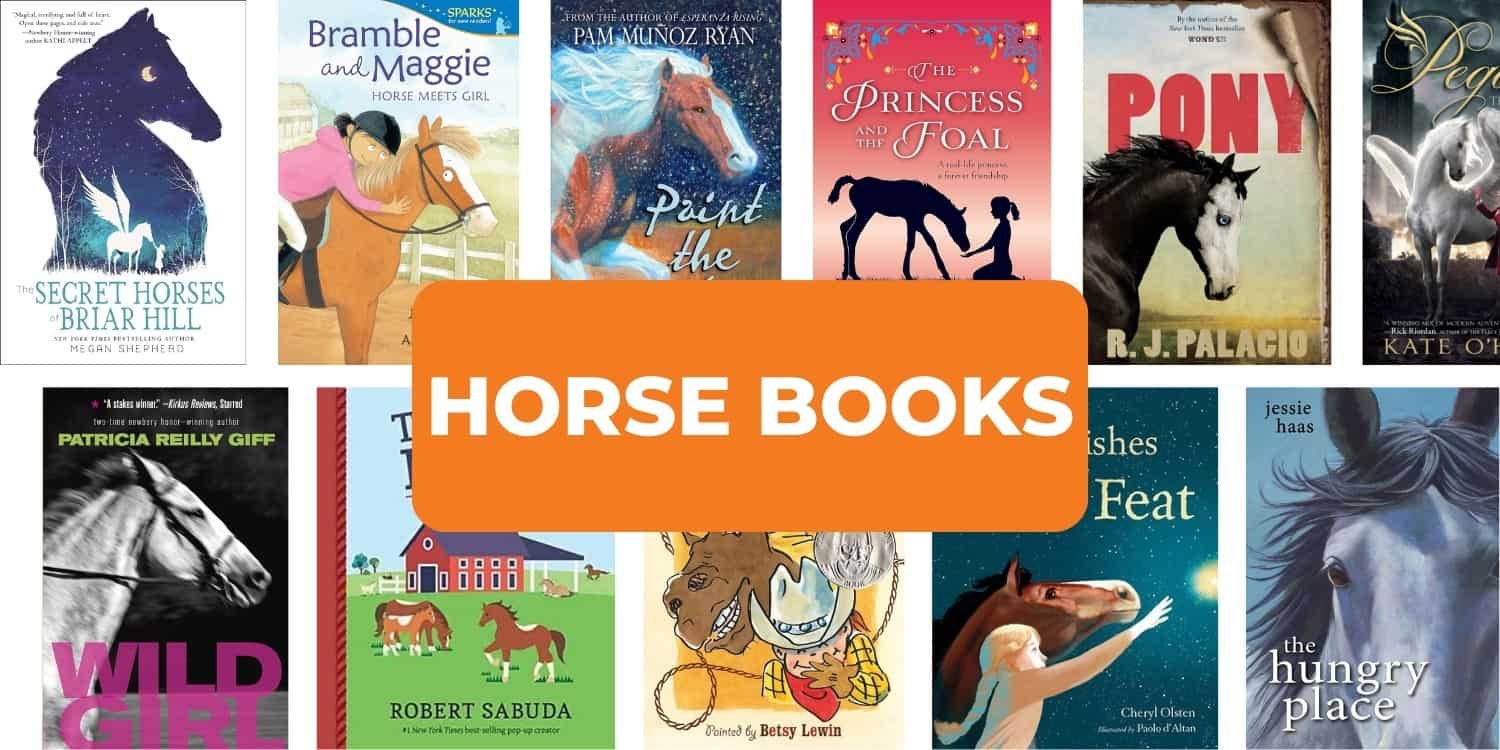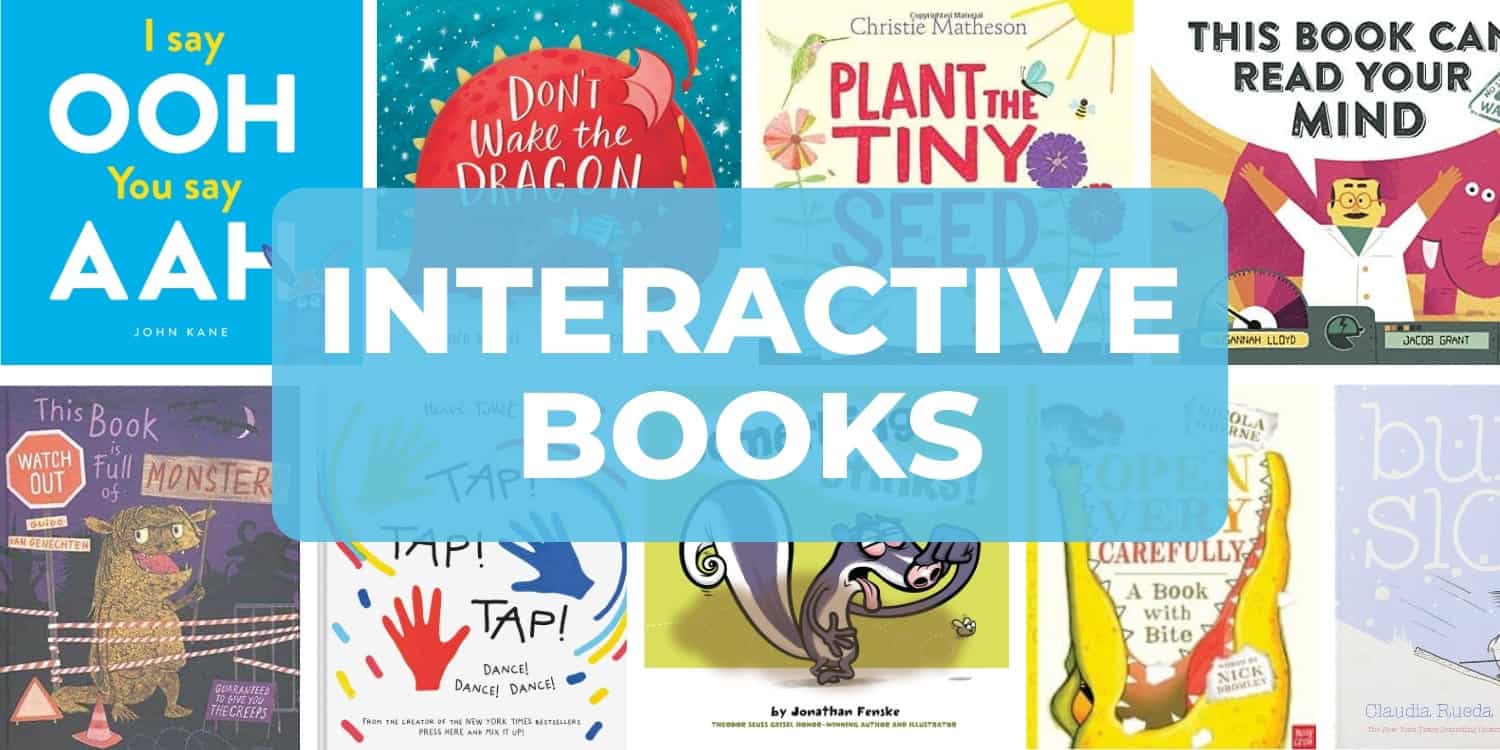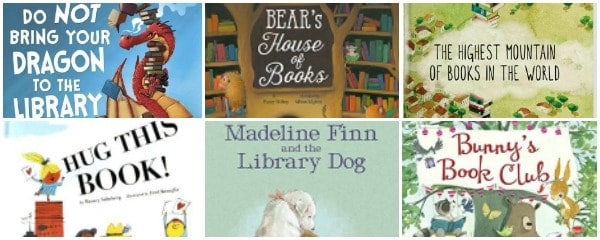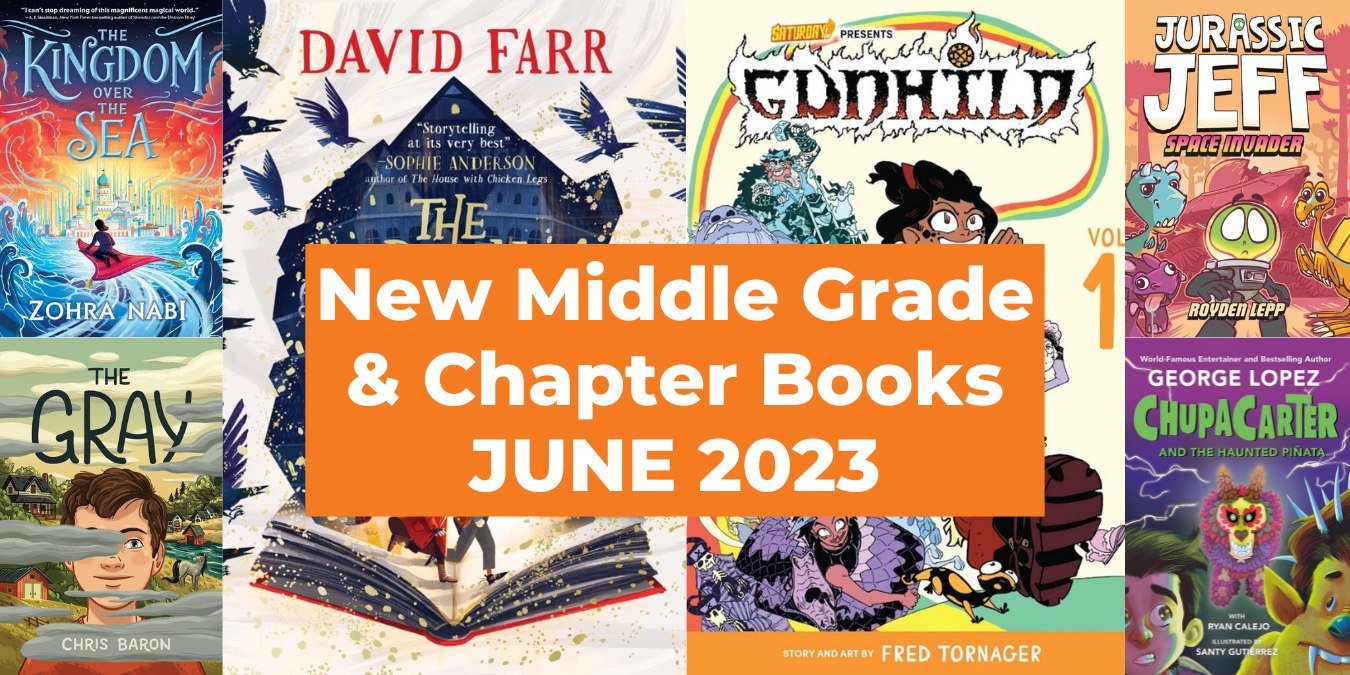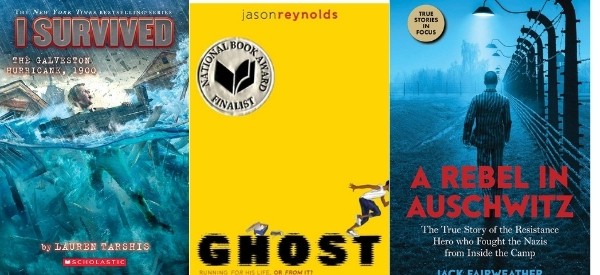16 Five Senses Activities + 30 5 Senses Books
This post may contain affiliate links.
Find 5 senses books and sensory activities to teach kids about the five senses of smell, sight, taste, touch, and hearing. You’ll make learning about the 5 senses fun for your kids!
Do your preschoolers know what the five senses are yet? If not, it’s always a good time to introduce, practice, and reinforce each of the 5 senses of smell, sight, taste, touch, and hearing– and to tie those to the appropriate body parts of the nose, eyes, mouth, fingers, and ears. (These are also called the sensory organs.)
Smell: This sense of smell is located in the nose, which senses chemicals in the air.
Taste: The sense of taste is located on the taste buds on the tongue. We can taste sour, salty, bitter, sweet, and umami.
Touch: Receptors in our skin detect different kinds of touch.
Sight: The cells in the back of the eye’s retina detect light and color.
Sound: Our ears have hair cells that move in response to sound frequencies.
Want some ideas for how to teach these sensory signals to the brain?
And know that there REALLY are 7 senses, not 5 senses? The other two senses of the body are the sense of proprioception and the vestibular sense. Read more about these two senses here.
5 Senses Books and Activities
All Five Senses Books and Activities
- Five Sense Scavenger Hunts. Try these choices from Childhood 101 and Life Over Cs. (These are a great way to incorporate writing and art into your science learning!)
- 5 Senses Puppets. Try this playful activity from Simple Everyday Mom.
- Edible Playdough: Make playdough that kids can touch, taste, smell, see, and eat! Try this Peanut Butter recipe from Oh Sweet Basil. (Make sure your kids are old enough to know they can’t eat all playdough!)
- Popcorn: Popcorn is the perfect food for sensory exploration because you can hear it as it cooks. Listen, touch, smell, taste, and eat! Try a poetry writing activity with your popcorn experience for extra learning.
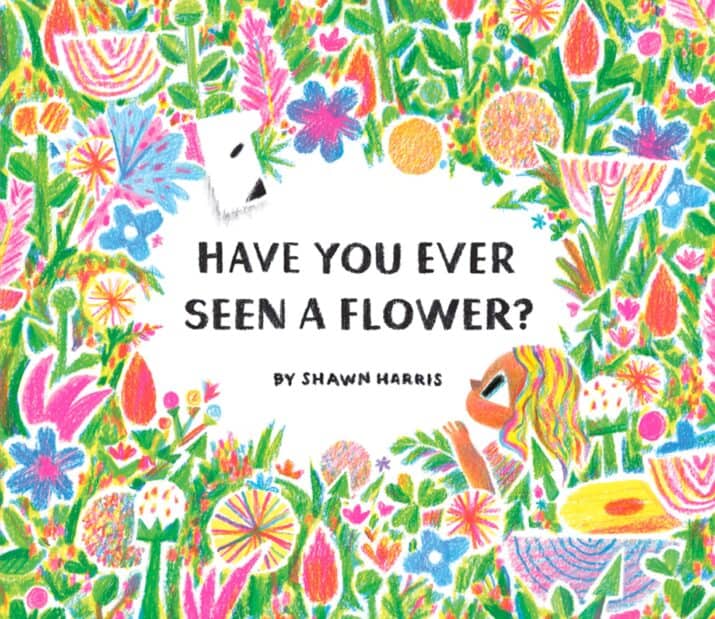
Have You Ever Seen a Flower written and illustrated by Shawn Harris
The narrator prompts readers to experience a flower with all our senses…to see with our nose, breathing deeply, and feeling the flower’s life. Does the smell help us see “a fancy lady? Dancing babies at the royal jelly jubilee?” Or have readers ever felt a flower?
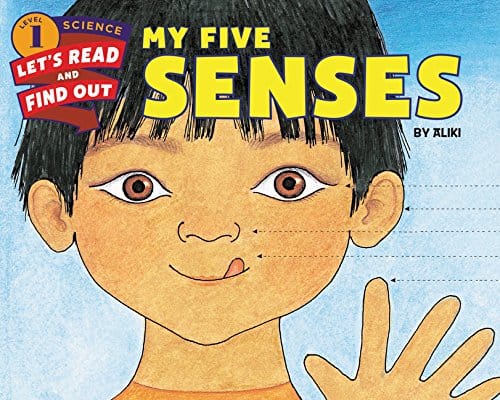
My Five Senses by Aliki
Simple and instructive, this five senses book introduces young children to each sense in a clear way with examples.
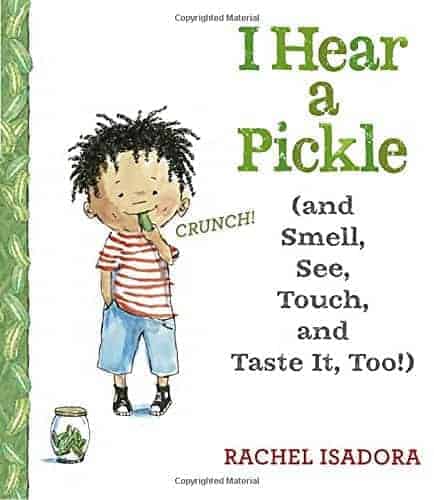
I Hear a Pickle (and Smell, See, Touch, and Taste It, Too!) by Rachel Isadora
This 5 sense book is a celebration of all the little girl’s senses. It’s filled with sounds (fridge hum, traffic), smells (brother’s smelly sneakers, Mommy’s perfumes), sights (words, the moon), tactile objects (sticky lollipop, slimy worm), and tastes (crackers, ice cream).
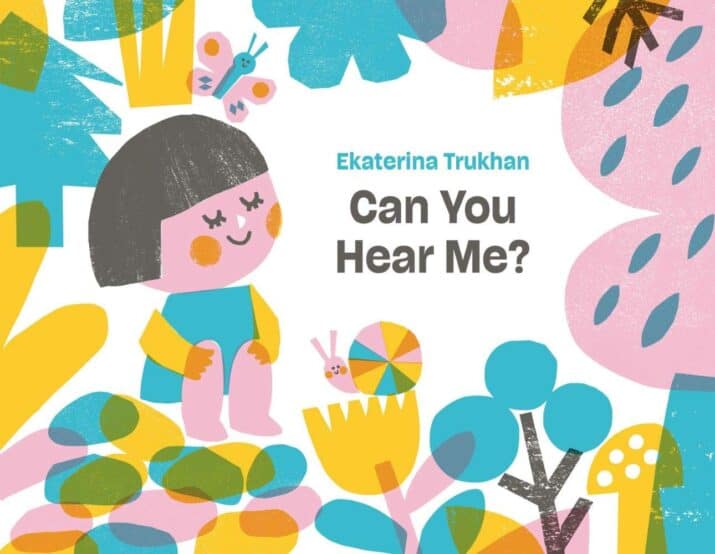
Can You Hear Me? by Ekaterina Trukhan
This book is a five senses riddle. The narrator gives clues to a little girl to hear, see, touch, taste, and feel. Who is talking? It never says but hopefully, children will figure out that it’s nature.
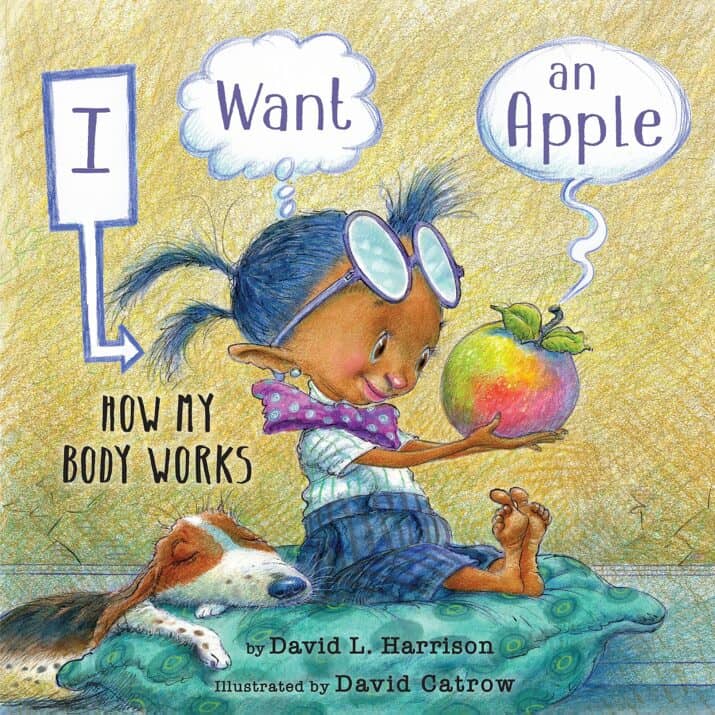
I Want an Apple How My Body Works by David L. Harrison, illustrated by David Catrow
I love the punchy text and playful illustrations that show us step by step what happens in our senses when the little girl wants an apple. From seeing, touching, smelling, and tasting– all the way to digesting. “Open ears, hear it crunch. Busy tongue, taste the apple. Yum!“

If I Were a Tree by Andrea Zimmerman, illustrated by Jing Jing Tsong
As the family travels by car to the camping area and then hiking, the children muse about what it would be like to be a tree with all their senses– feeling the warmth of the sun, tasting the soil and sand, smelling the honey and bees, heaving the hoot of an owl and snakes in a hole, and seeing blossoms and deer.
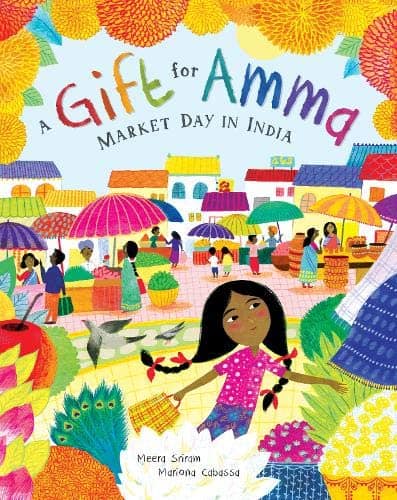
A Gift for Amma: Market Day in India by Meera Sriram, illustrated by Mariona Cabassa
A little girl excitedly explores the market to find her Amma a gift. She notices the colors — orange saffron and marigolds, white jasmine and goats, pink lotus flowers and sweets…I love how many senses the author engages from sights to sounds and tastes and smells. “Tumeric yellow like sunshine dust, Plenty of powdery spice at home. A yellow rickshaw pedals by — Ding-a-ling! I scoot to the side.” Beautiful illustrations perfectly illuminate the celebration of the market’s colors and the girl’s excitement.
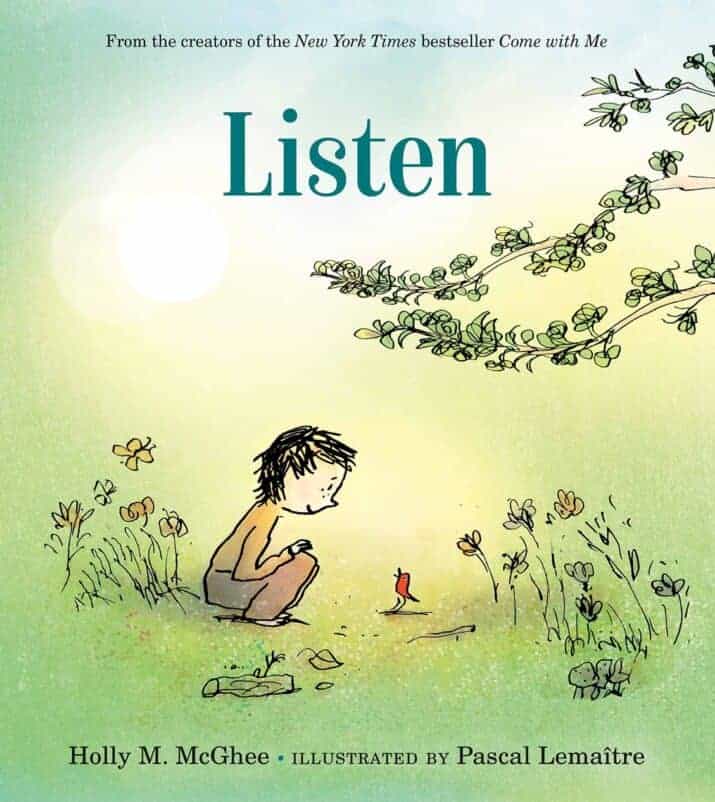
Listen by Holly M. McGhee, illustrated by Pascal Lemaitre
Listen. Taste. Breathe. Dig. Not only does this book command readers to engage in all their senses but it emphasizes the interconnectedness of us with others while having our own selves as well.
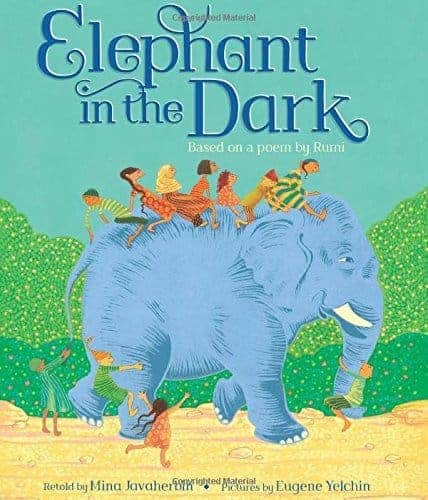
Elephant in the Dark based on a poem by Rumi, retold by Mina Javaherbin, illustrated by Eugene Yelchin
Sight Activities & 5 Sense Books
Isn’t it amazing that the cones and rods in our retina help us to see through light refracted through the cornea? Kids don’t need to know the science now but they do need to understand that our eyes send signals to our brains which interpret the signals. When the cones aren’t working properly, it causes color blindness. a person color blind.
- DIY Lava Lamp: Make a beautiful calming lava lamp with this activity from Steam Powered Family.
- Discovery Bottles: Perfect for observations and learning, make your own discovery bottles with directions from The Nurture Store.
- Almost Any Science Experiment: Science requires the scientific method which includes observations. Use your eyes to observe your experiment and test your hypothesis. Here, I explain with the Apple Slice Challenge from The Curious Kid’s Science Book.

Tiny, Perfect Things by M.H. Clark, illustrated by Madeline Kloepper
Celebrate the wonder of ordinary, small things! A girl and her grandfather take a walk to notice all the tiny, perfect things; things like a yellow leaf, a snail, a red bottle cap, a flower growing through a sidewalk crack… When they arrive home, the little girl excitedly shares about the wonders she saw. This story is sure to inspire your own neighborhood walks searching for tiny, perfect things. Warm, earthy illustrations throughout.
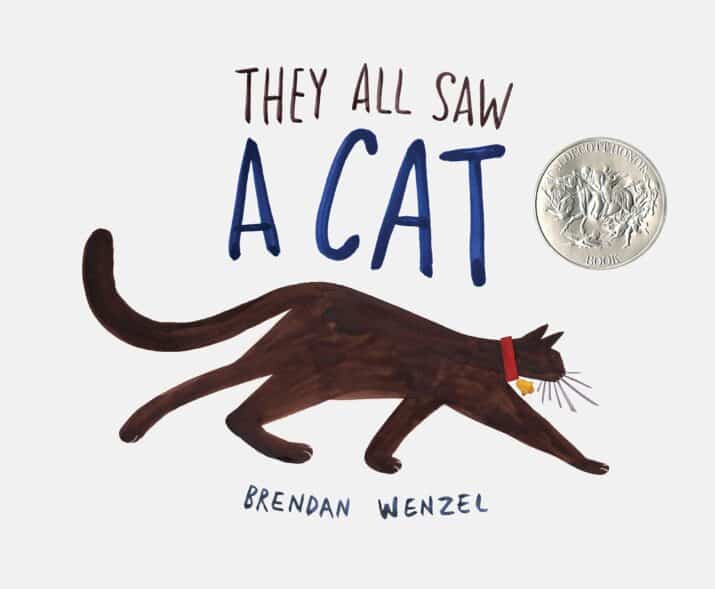
They All Saw a Cat by Brendan Wenzel
Use this beautiful book to talk about perspective. The cat walks through the world and is seen by different creatures, each who sees the cat differently depending on their background knowledge. Discuss how the different animals make inferences based on who they are and their own background knowledge.
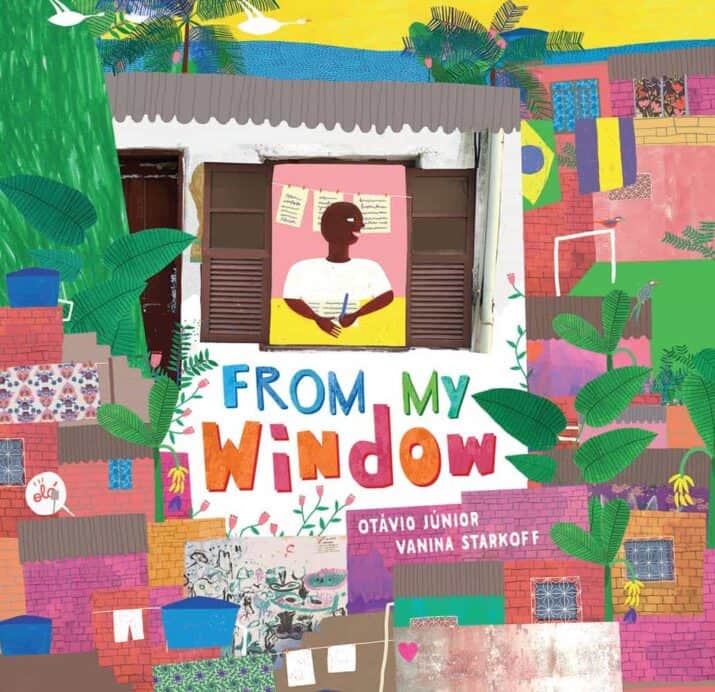
From My Window by Otavio Junior, illustrated by Vanina Starkoff
This slice of life with five senses in Brazil is filled with amazing illustrations! Read about what a boy sees, dreams, and does from his favela window, like talking to friends, seeing people patching roofs, and imagining soccer (football) games. What do you see outside of your window?
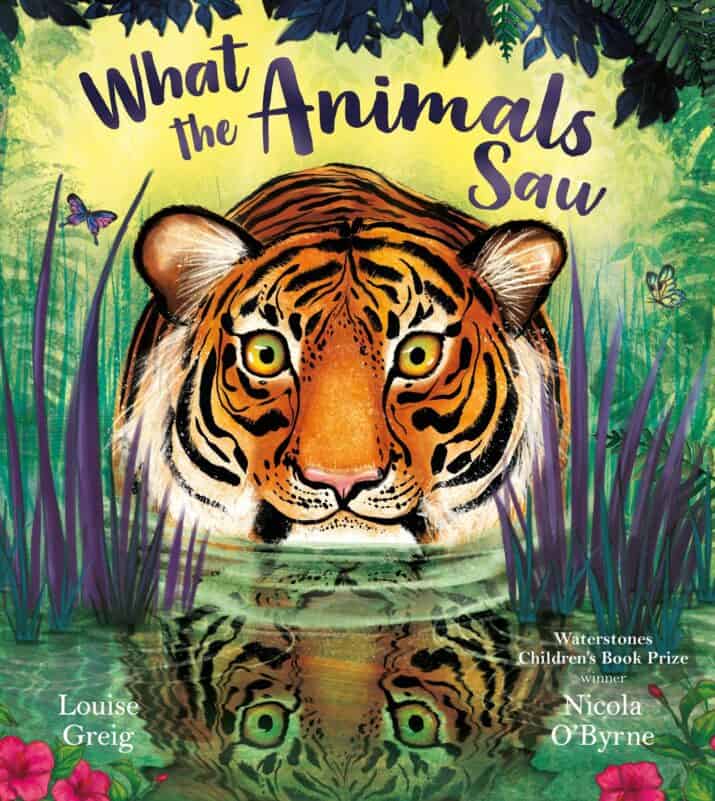
What the Animals Saw by Louise Greig, illustrated by Nicola O’Bryne
See what the animals see from their eyes and in their lives in this lyrical, descriptive read aloud story. It might be the sight of their family or prey or predators. “A rhinoceros sees a rival. A mirror of himself. A hulk of head and horn.” Use this beautiful, interesting book about the sense of sight to teach perspective, learn more about animals, and encourage a discussion of what it might be like to see things through others’ eyes!
Sound Activities & Books
Our ears collect sound waves that are amplified in the ear canal and travel through the eardrum. Sound waves make the ear drum vibrate.
- Spooky Sounds: Make your own spooky sounds. Activity from One Time Through.
- DIY Musical Instruments: Red Ted Art shares 15 ideas for homemade musical instruments.
- Sound Machine. If you have a sound machine, try to identify the different sounds without looking.
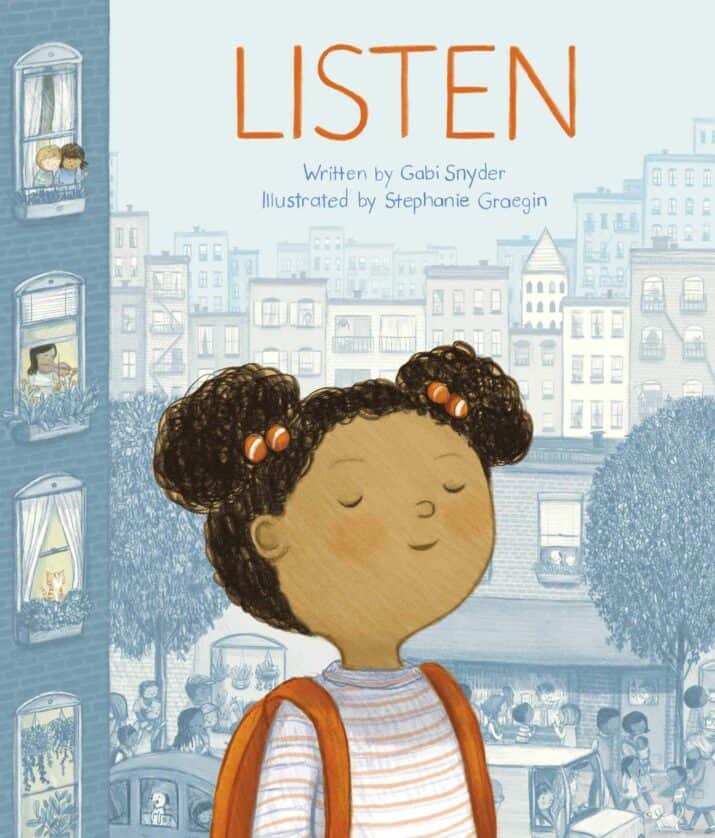
Listen by Gaby Snyder, illustrated by Stephanie Graegin
What if you listened to each sound asks a little girl? Listen with her through her day starting with the noisy street, then at school, into the rain and wind, and all the way until bedtime. She implores you to listen, repeating it frequently throughout the book. She says we must stop and listen to what’s outside and around us as well as what’s inside us, too. Filled with the slap-slap-slap of shoes, the tippy-tap-tap of rain falling on your umbrella, and the rumble of belly. Whooshy of breath. This is a beautiful reminder to pay attention.
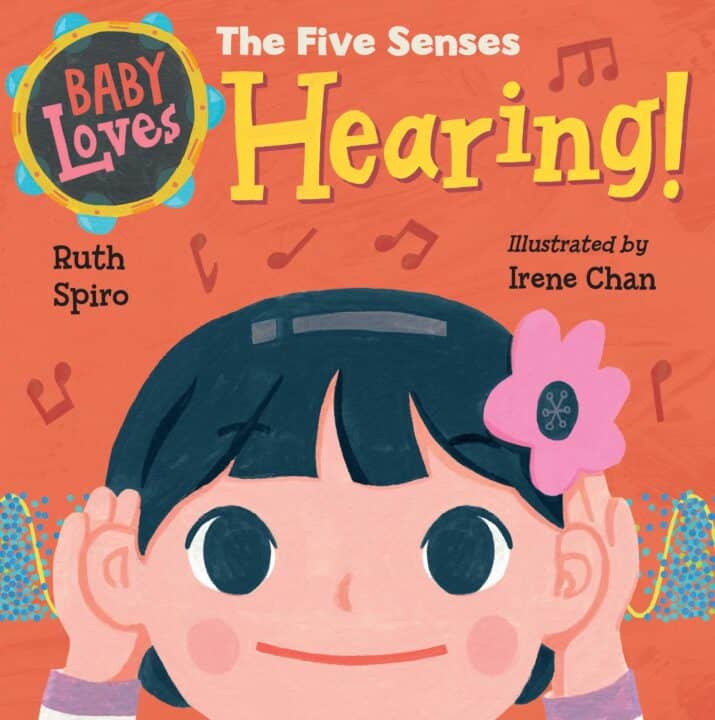
Baby Loves the Five Senses: Hearing by Ruth Spiro, illustrated by Irene Chan
When Baby makes music, she can hear the sounds, one of the 5 senses. She can plink plink the strings with her fingers. The author continues to explain that air molecules vibrate making sounds. However, I wonder if this vocabulary (molecules and vibrate) is too advanced for a board book.
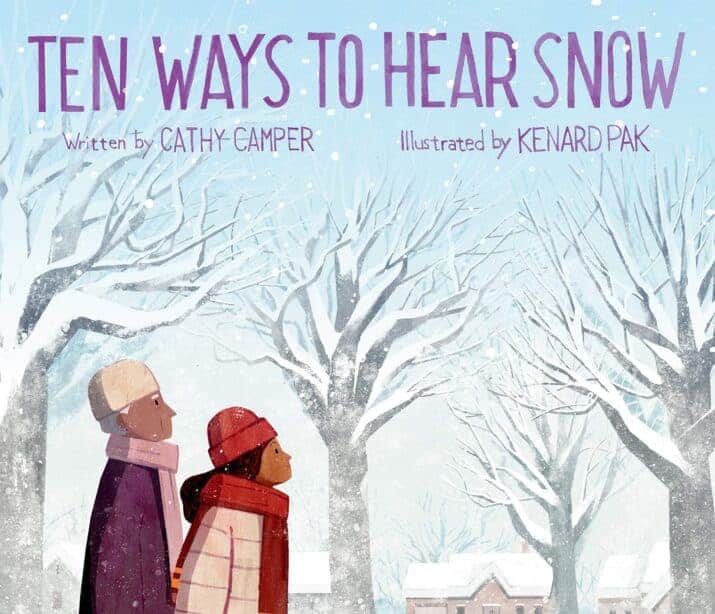
Ten Ways to Hear Snow by Cathy Camper, illustrated by Kenard Pak
Lina walks through the snow to her Grandma’s house. As she walks, she notices the sounds of snow. Her boots on the ground sound like “snyak, snyek, snyuk.” People sweeping snow off their cars make a “swish-wish, swish-wish.” She hears the snow with things like mittens, skis, snowballs, shovels, too. When she arrives at her Grandma’s they cook together, eat, and listen to the stillness of the snow. This story’s lovely illustrations combined with the sensory images in the text give readers an immersive experience of this snowy day.
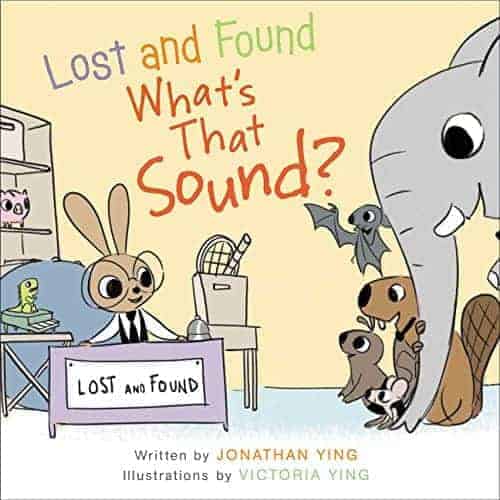
Lost and Found What’s That Sound? by Jonathan Ying, illustrations by Victoria Ying

Time for Bed, Old House by Janet Costa Bates, illustrated by AG Ford
When Issac stays overnight, Grandpop explains to Issac what is making the noises that Issac hears. Understanding reassures Issac and helps him not to feel afraid. Grandpop explains the dog walking on the hardwood, the wind blowing the swings, and the house’s stretching noises. Then, Grandpop asks Issac to read the house a bedtime story reading the pictures– and then, Issac listens to the noises and goes to sleep.
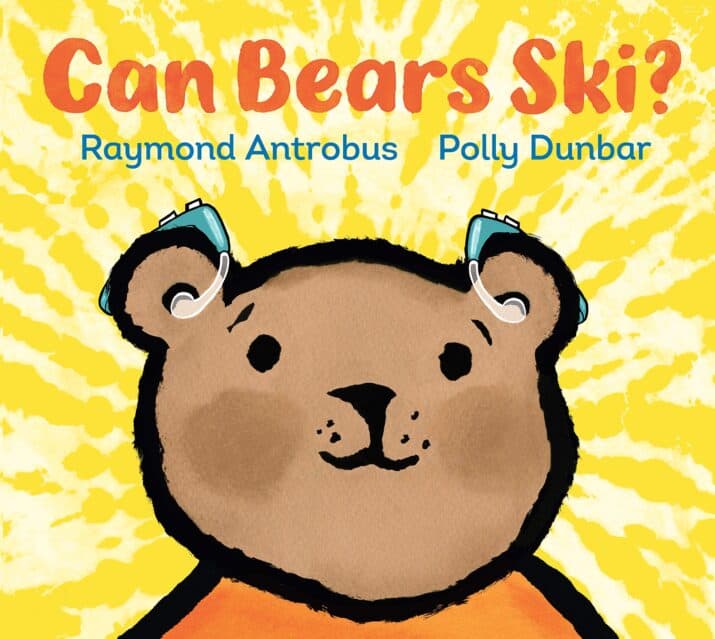
Can Bears Ski? by Raymond Antrobus, illustrated by Polly Dunbar
An excellent story about a bear who mishears (or can’t hear) when people speak to him. He thinks people ask him, “Can bears ski?” It’s very confusing to him as he misses what people are really saying. Eventually, his father takes him to an audiologist who tests him and then helps him hear better with special hearing aids. The author beautifully illuminates the process of testing and getting hearing aids in kid-friendly language.
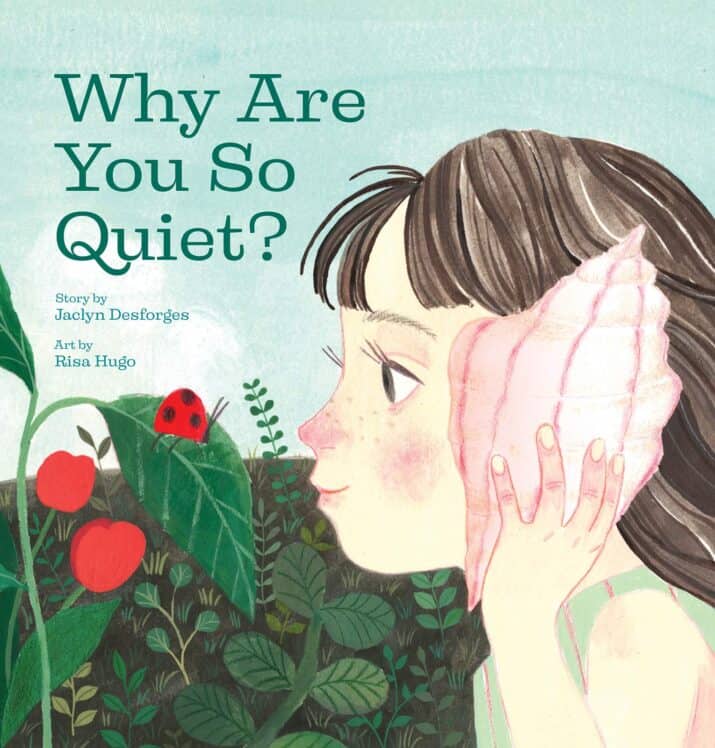
Why Are You So Quiet? by Jaclyn Desforges, illustrated by Risa Hugo
Myra Louise is a quiet girl who loves to listen to the world around her. She learns to appreciate her quiet nature and invents a listening machine. She wishes someone else would listen, too. And one day, someone does!
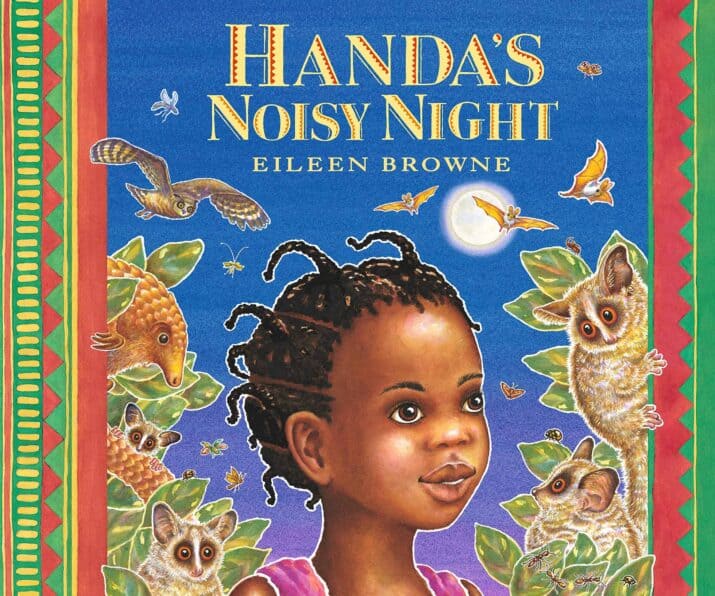
Handa’s Noisy Night by Eileen Browne
Two friends have a sleepover and Hana hears lots of strange sounds — snorts, chattering, rattling, and more– and she uses her 5 senses to guess what is making the sounds. Handa’s friend, Akeyo, explains that it’s just the grown-ups being noisy. We know from the illustrations that the noises are from African animals outside.
Taste Activities & Books
Taste buds in the mouth, mostly on the tongue, chemically react with taste receptor cells. Humans can distinguish between five basic tastes: sweet, sour, salty, bitter, and umami.
- Apple Tasting: Compare the flavors of different kinds of apples with these directions from Gift of Curiosity.
- Sweet, Sour, Salty, Savory, and Bitter: Tasting activity for preschoolers from The Engineering Emily.
- Flavored Jelly Beans: Can you guess what flavor jelly bean you’re eating? Try this activity from Childhood 101. (It’s a great tie-in to Harry Potter’s Bertie Bott’s Every Flavor Beans, too.)
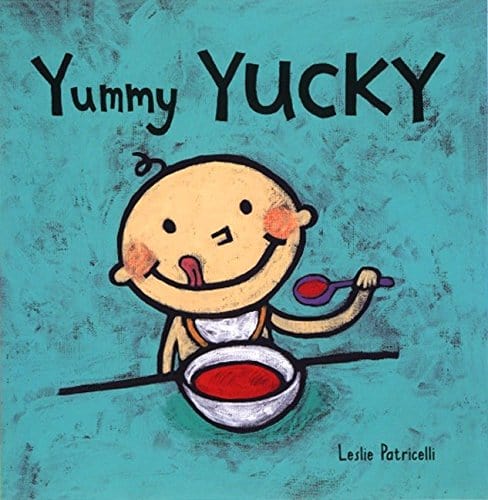
Yummy Yucky by Leslie Patricelli
What a silly and fun story! See if you agree with the author’s assessment of what tastes yummy and what doesn’t. “Spaghetti is yummy. Worms are yucky.“
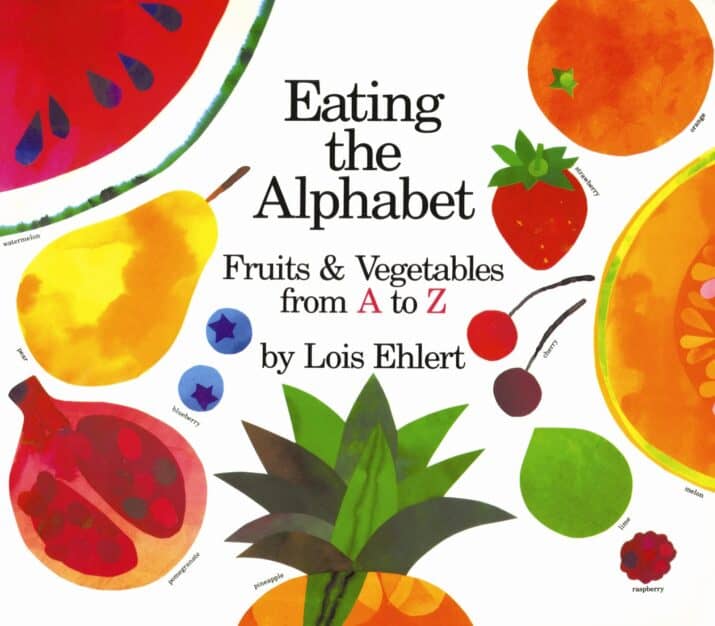
Eating the Alphabet by Lois Ehlert
Multiple foods represent each letter of the alphabet from A to Z. Can you eat your way through each letter? For example, C for corn, celery, currant, cabbage, cherry, carrot, and cauliflower. Yum or yuck?
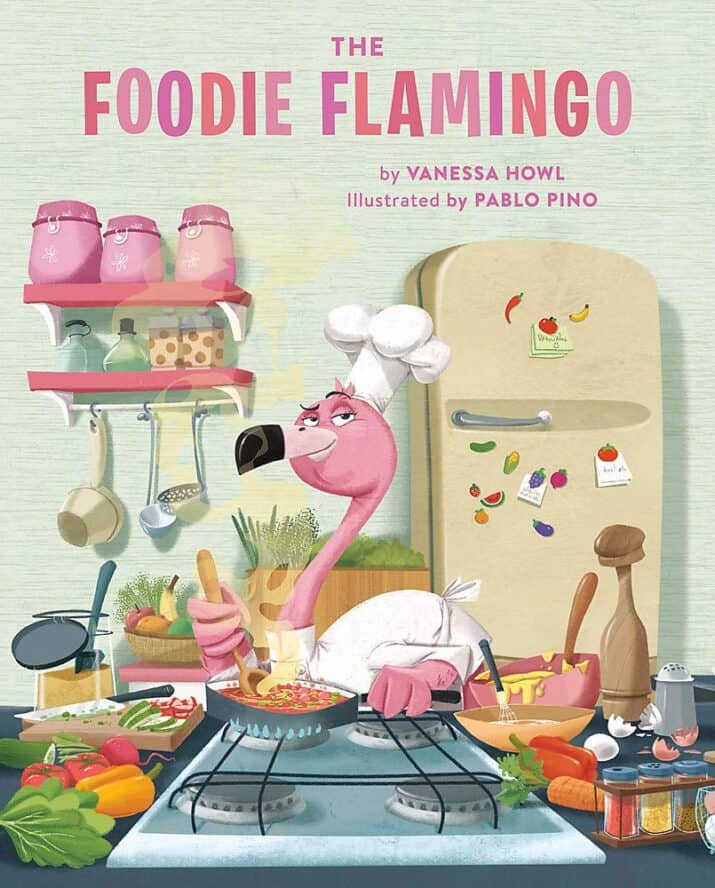
The Foodie Flamingo by Vanessa Howl, illustrated by Pablo Pino
This daring flamingo will teach kids that trying new foods (the sense of taste) can be a colorful adventure! Because when Frankie tries foods that AREN’T shrimp — she changes colors to match the other foods. Her friends become curious and when they see Frankie’s food adventures, they decide to try new foods, too. I love this gentle (non-preachy) story because it will encourage children to try new foods, too.
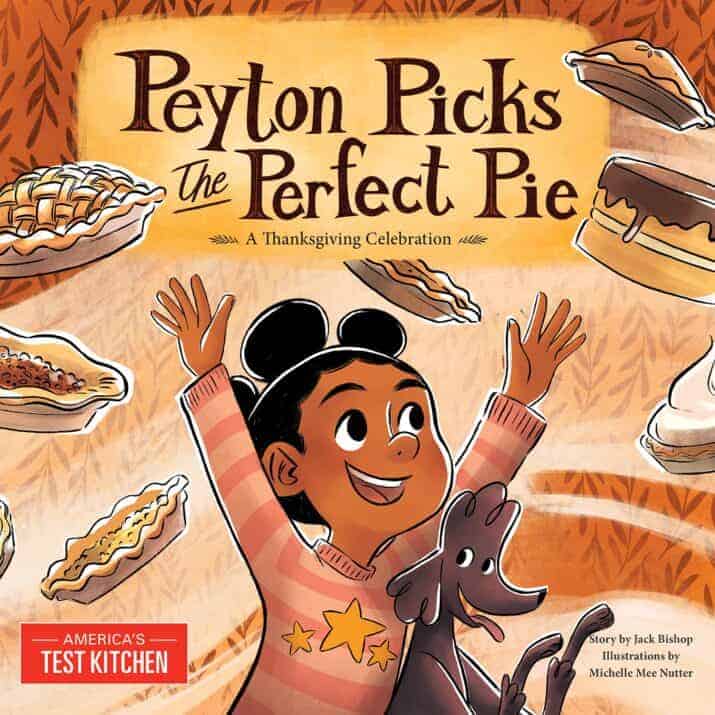
Peyton Picks the Perfect Pie: A Thanksgiving Celebration by Jack Bishop, illustrations by Michelle Mee Nutter
From the minds at America’s Test Kitchen Kids comes the story of a picky eater named Peyton. This Thanksgiving, Peyton agrees to try one new food — pie. Each guest arrives and brings a different kind of pie — Boston Cream Pie, whoopie pies, ruffled milk pie, plum galette, Mississippi mud pie, and more — to add to Peyton’s mom’s apple pie. After dinner, Peyton tries her first pie…and asks for seconds! A festive celebration of food and community that shows how trying new foods can help you discover something new and yummy to eat.
Touch Activities & Books
Fingertips and our skin are sensitive to sensations that help us make sense of the environment. These touch receptors send information to neurons in the nervous system and help us process sensory information.
- Sensory Bags: From squishy to colorful to numbers and letters, find directions for making your own sensory bags from Hands On As We Grow.
- Playdough Play: Molding playdough is always a fun way to touch and feel.
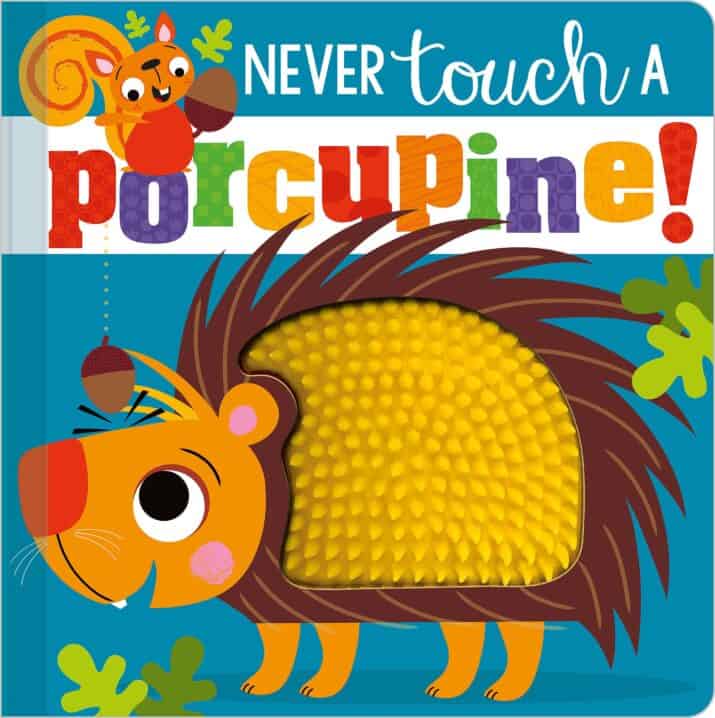
Never Touch a Porcupine by Rosie Greening, illustrated by Stuart Lynch
Silicone textures with bumps and swirls give fingers plenty to touch and feel. A darling, sensory introduction to 5 senses and animals!

Baby Animals
Touch the lambs, goslings, puppies, and more to feel their fur and feathers.
Smell Activities & Books
Olfactory bulbs are located high in the nose and connect directly to the brain. The sense of smell helps humans find yummy foods but it also plays a role in taste and hazards.
- Smell Bottles: Become a sensory detective with these smell bottles from The Chaos and the Clutter.
- Smelly Play-Dough: Make playdough that has a strong scent. How about pumpkin or peppermint?

Smelly Kelly and His Super Senses by Beth Anderson, illustrated by Jenn Harney
I adore the wonderful illustrations in this curious story! Learn how James “Smelly” Kelly used his exceptional sense of smell to help make the New York City subway system safer. He smelled gas leaks and saved lives with his warnings.
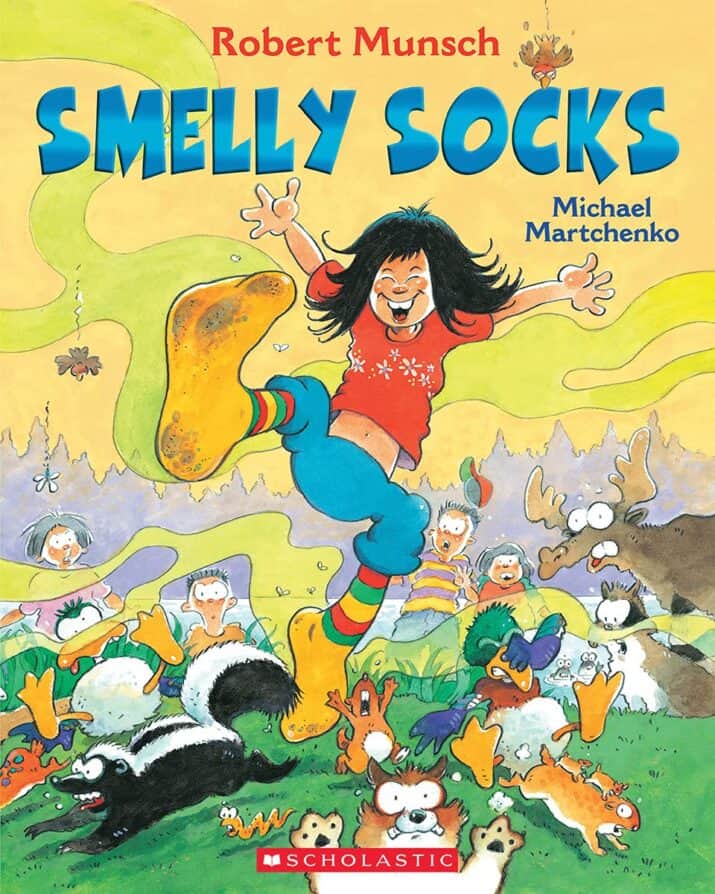
Smelly Socks by Robert Munsch
My kids LOVE this book so much — it’s a repeated read-aloud favorite that cracks them up. It’s the story of Tina who, after she finally goes across the river to get new socks, refuses to take them off. Soon, the socks STINK. Finally, her friends drag her down to the river to wash Tina with her stinky socks. No more stinky socks!

Smelly Louise by Catherine Rayner
Louie does not appreciate losing his special smell after a bath so he searches and explores in order to get it back which includes a fox, a puddle, and a trash can.
